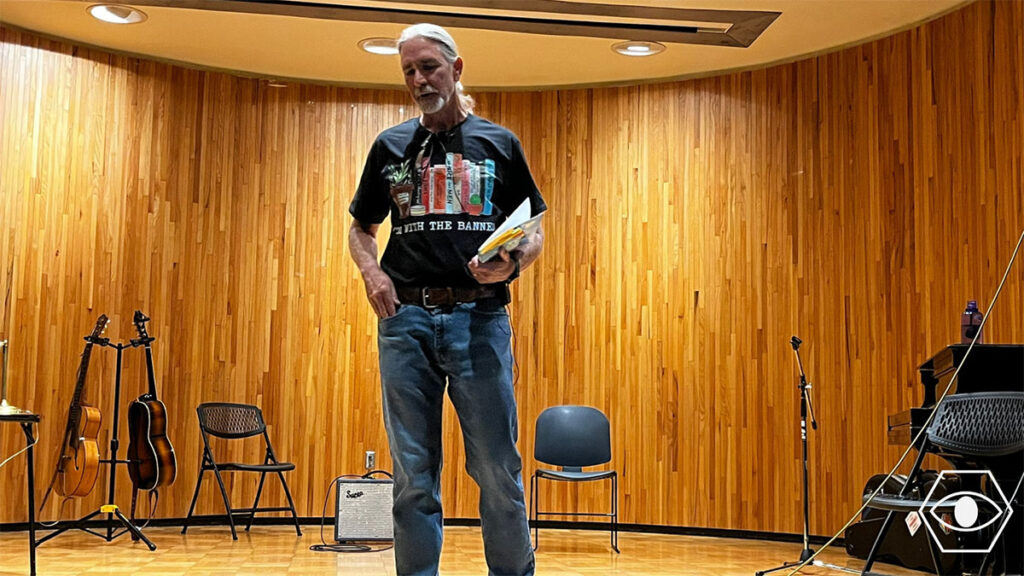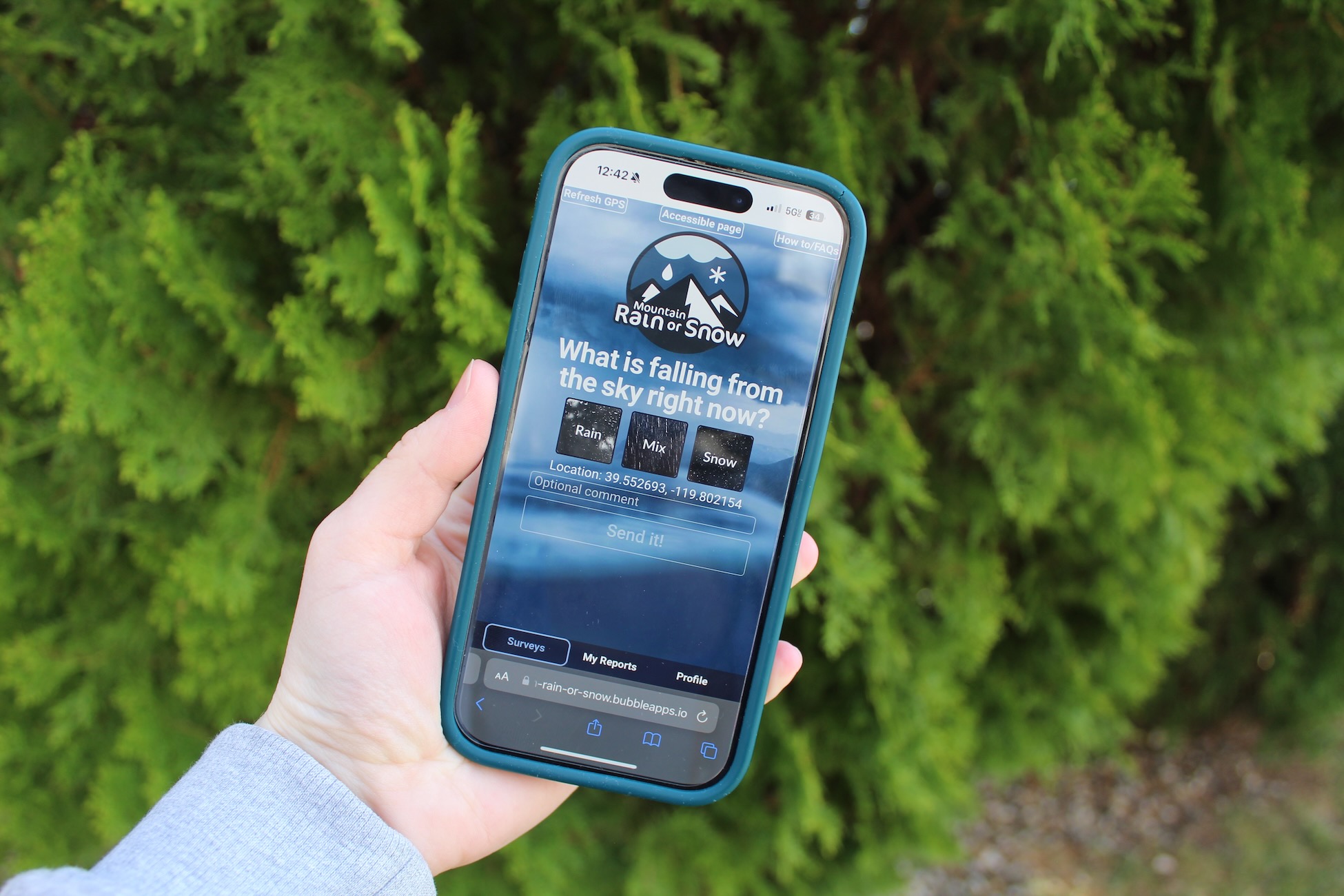Renowned writer and UNR professor shares five tips for better science communication
Communicating the complexities of science to a general audience can be challenging, but it is a crucial step in building a more scientifically literate world. To build a strong bridge between scientists and the public, writers can play a key role.
When writing about science-related topics, Michael (Mike) P. Branch, professor of literature and environment at the University of Nevada, Reno, borrows techniques from literature to translate science into forms that general readers can understand and appreciate.
“We have so many wonderful scientists doing such incredible research,” Branch said. ”The data they produce are crucial for the decisions we should make. Yet most people don’t really encounter that world because it’s not presented in a way that they find accessible or engaging.”

Better science communication (SciComm) in five easy steps
If you are a scientist trying to share your research, or a writer interested in science, here are five tips from Mike to help you understand, inform, and even entertain your audience:
- Think about your language. When you use highly specialized or technical language that readers are unfamiliar with, that is a way to say ‘you are not part of my audience for this piece.’ If the readers feel that you are using jargon, they will back away because they do not feel qualified to engage. “Any scientific concept, no matter how sophisticated it is, can be translated into a kind of vocabulary or language that regular folks can understand,” Branch said.
- Think about how you want to convey the information you have discovered through science. There are techniques you can use from literature nonfiction and even fiction. In novels, there is always a narrative arc, suspense, tension, and surprising moments. “Science often unfolds in the same way: there is a mystery, a quest, there is frustration, moments of insight,” Branch explained. “A narrative arc from fiction could also be applied to how we write about science.”
- Novels also include characters. “Let’s say you want to teach your reader something about a particular field of science, like volcanology,” Branch said. “You can lay all this information about the volcano on them and hope they hang with you, or you can take them out into the field where you follow some strange, eccentric volcanologists around, so they might stick with you just because they’re interested in that person.” Readers often attach to the characters, so you can teach them through them.
- Dialogue is also important and engaging. “If the author is just endlessly droning on at the reader to try to inform them, the monotony of that voice starts to cause readers to shut down,” Branch explained. “If, instead, you add characters who have conversations, that is more entertaining and engaging, and can even be funny, irreverent, surprising… It adds lots of texture and variety to the conversation.”
- Don’t say no to humor. “There is no sin in having a reader actually be entertained,” Branch said. “And humor is one way to get people to loosen up a little bit, to feel less criticized, less threatened, less lectured to, and more curious, more open-hearted, more entertained.” Mike often uses humor in the most serious topics, because he does not see it as the opposite of serious work, but as a vehicle.
Looking for further inspiration? Check out some of Mike Branch’s best science-related storytelling in the links below!
- On the Trail of the Jackalope: How horned rabbits led the way to the HPV vaccine. The Scientist. February 2022.
- What HPV-ridden rabbits can teach us about vaccine hesitancy. San Francisco Chronicle. Feb 2022.
- Circling the mountain: Another season, another ceremonial circumambulation of Mount Tamalpais. What draws hikers to this 55-year-old ritual? National Parks Conservation Association. Winter 2021.
- Pilgrimage to the Pointy-Toed Boots. Terrain.org. June 2019.
Vanesa de la Cruz Pavas is a graduate student at the Reynolds School of Journalism and a reporter for the Hitchcock Project.






